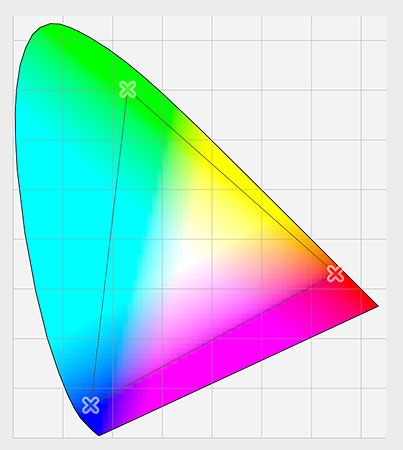Exploring Essential Photoshop Color Settings: A Comprehensive Guide to Optimizing Color Management for Professional Image Editing

Introduction:
Adobe Photoshop stands as a cornerstone in the world of digital image editing, empowering photographers, designers, and artists to unleash their creative vision with unparalleled precision and control. Central to the mastery of Photoshop is the understanding and optimization of color settings, ensuring accurate color reproduction and consistency across various devices and outputs. In this exhaustive guide, we embark on a journey to explore the essential Photoshop color settings, equipping users with the knowledge and techniques to harness the full potential of this iconic software for professional image editing.
Understanding Color Spaces:
Before delving into the intricacies of Photoshop color settings, it’s crucial to grasp the concept of color spaces and their role in digital imaging. A color space defines the range of colors that can be represented in an image, encompassing the entire spectrum of visible colors. Common color spaces include sRGB, Adobe RGB, and ProPhoto RGB, each with its own gamut and characteristics.
Essential Photoshop Color Settings:
Photoshop offers a range of color settings that allow users to tailor their workflow to specific requirements and preferences. Let’s explore some of the essential Photoshop color settings:
- Color Settings:
- Accessible through the Edit menu under Color Settings, this dialogue box allows users to specify color management policies, working spaces, and conversion options.
- Choose a default working space for RGB, CMYK, and grayscale images based on your intended output and workflow requirements.
- Specify color management policies for handling color profiles embedded in images and for profile mismatches.
- Proof Setup:
- Found under the View menu, Proof Setup enables users to simulate how an image will appear when printed or viewed on different devices.
- Choose from various proof setups, such as CMYK, sRGB, or custom setups, to preview how colors will be rendered on different output devices.
- Use the Proof Colors option to toggle between the actual image colors and the simulated proof colors.
- Gamut Warning:
- Located under the View menu, Gamut Warning highlights areas of an image where colors are out of gamut, meaning they fall outside the range of reproducible colors for a given output device or color space.
- Use Gamut Warning to identify colors that may appear differently when printed or viewed on different devices, allowing for adjustments to ensure accurate color reproduction.
- Color Management Policies:
- Found within the Color Settings dialogue box, Color Management Policies determine how Photoshop handles color profiles embedded in images and how it handles profile mismatches.
- Choose from options such as Off, Preserve Embedded Profiles, or Convert to Working RGB, depending on your preferences and workflow requirements.
Advanced Color Settings and Techniques:
Beyond the essentials, Photoshop offers advanced color settings and techniques for fine-tuning color management and optimizing image output:
- Soft Proofing:
- Soft Proofing allows users to simulate how an image will appear when printed on a specific device or paper stock.
- Accessible through the View menu, Soft Proofing enables users to adjust colors and tones to compensate for differences between on-screen display and printed output.
- Custom Color Profiles:
- For users with specific color management requirements, Photoshop allows for the creation and installation of custom color profiles.
- Use tools such as Adobe Color Management Module (CMM) or third-party profiling software to create custom profiles tailored to your unique workflow and output devices.
- Batch Processing:
- In scenarios where consistency and efficiency are paramount, Photoshop offers batch processing capabilities for applying color adjustments and conversions to multiple images simultaneously.
- Use the Batch feature to automate repetitive tasks and ensure uniformity across a series of images, saving time and streamlining workflow.
Conclusion:
In the realm of professional image editing, mastery of Photoshop color settings is essential for achieving accurate color reproduction and consistency across various devices and outputs. By understanding the fundamentals of color spaces, mastering essential Photoshop color settings, and exploring advanced techniques and workflows, users can unlock the full potential of this iconic software for realizing their creative vision.
Whether you’re a photographer, designer, or digital artist, the ability to control and manipulate color with precision is a hallmark of excellence in the world of digital imaging. So, dive in, explore the myriad features and functionalities of Photoshop’s color management tools, and watch as your images come to life with vibrancy, clarity, and impact. With Photoshop as your trusted ally, the possibilities for creative expression are limitless, and the journey to image mastery is both rewarding and fulfilling.




